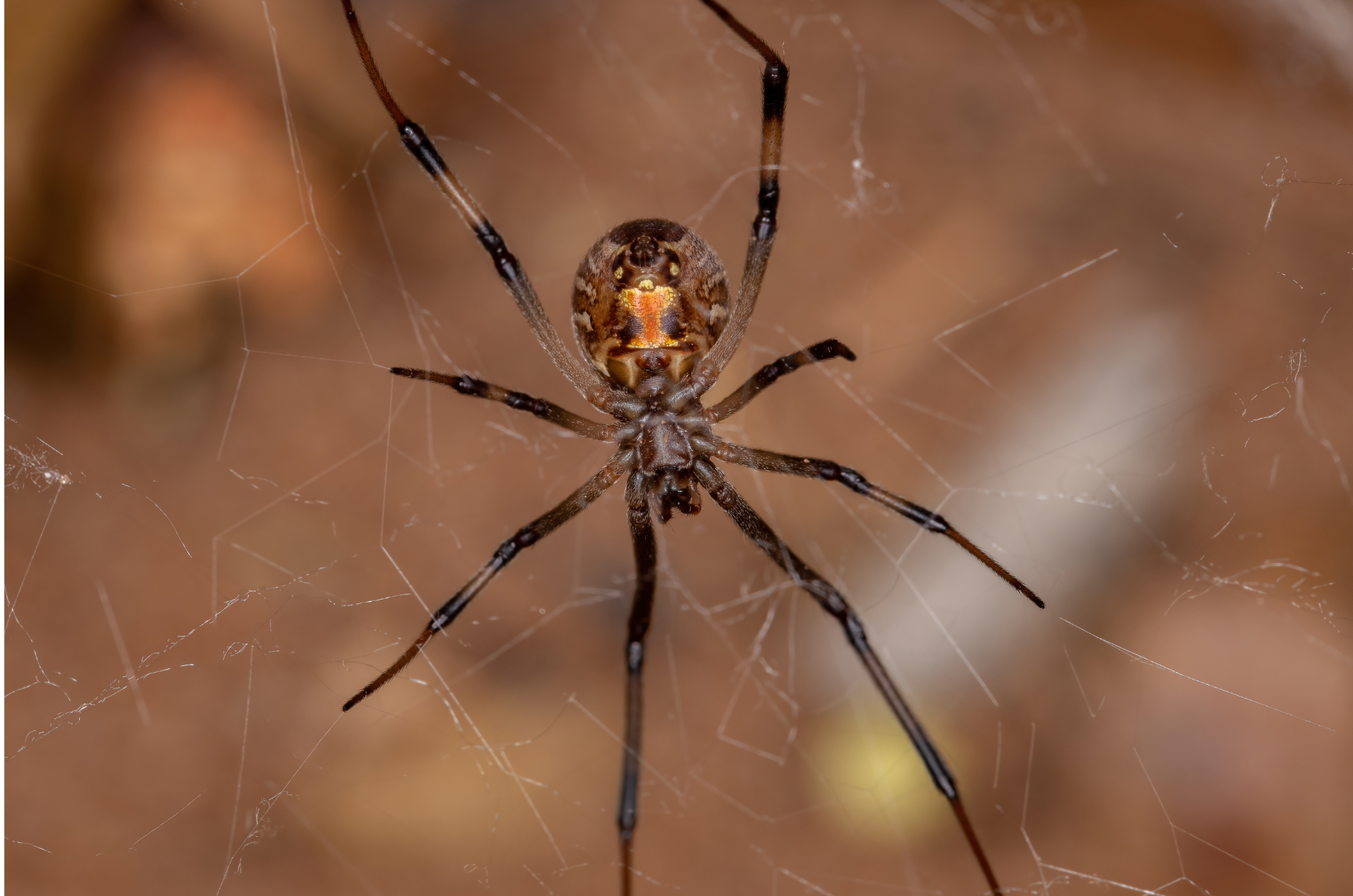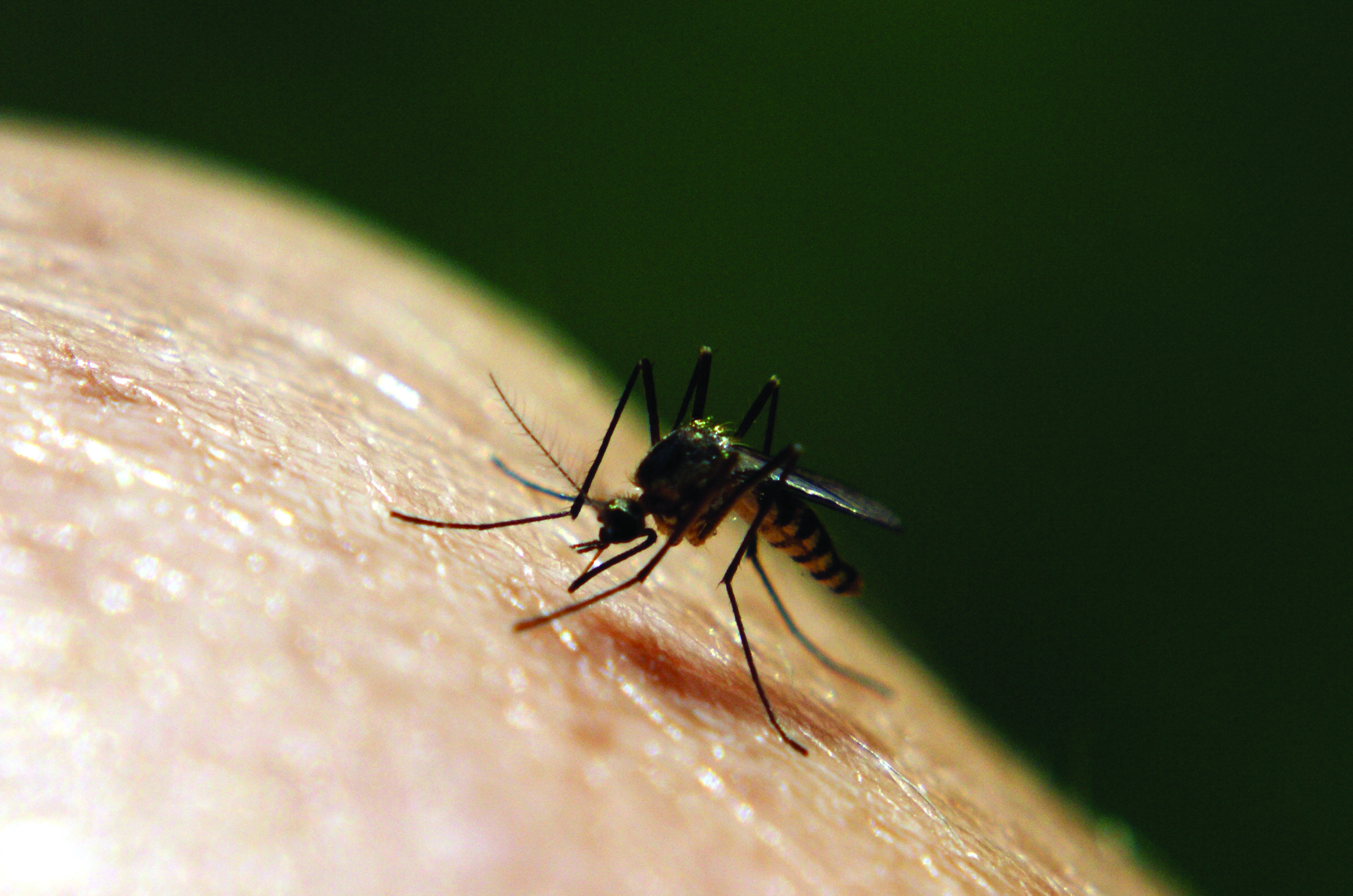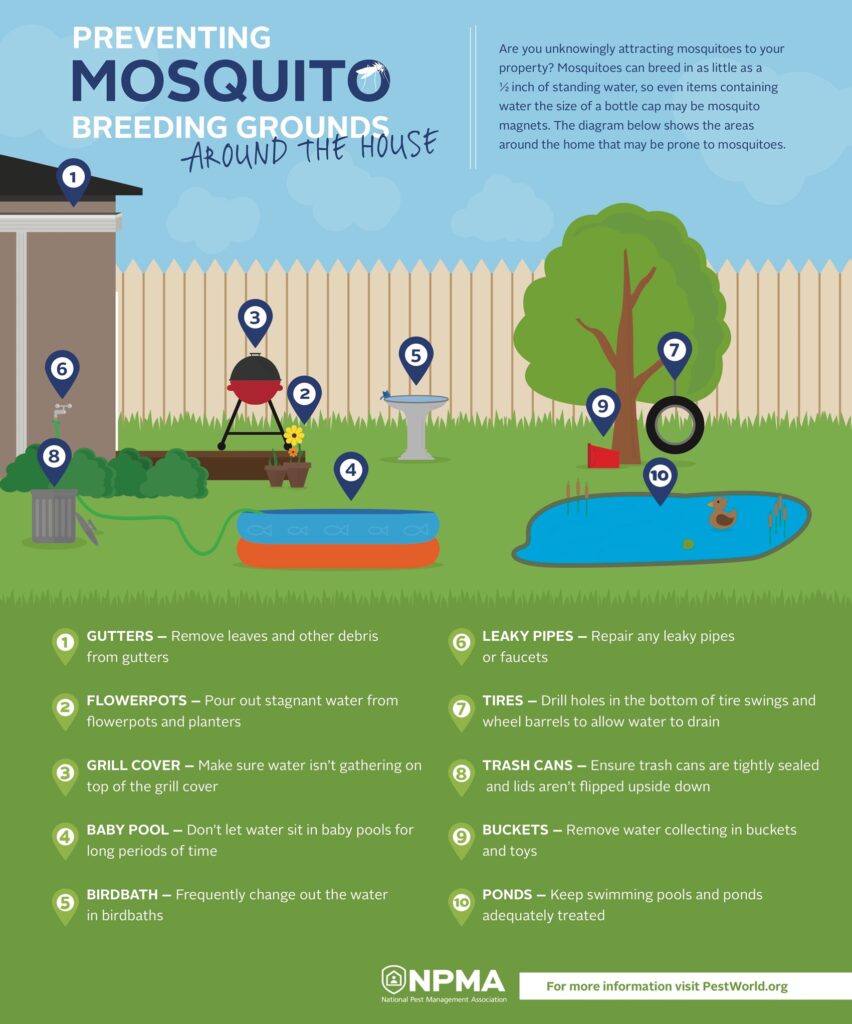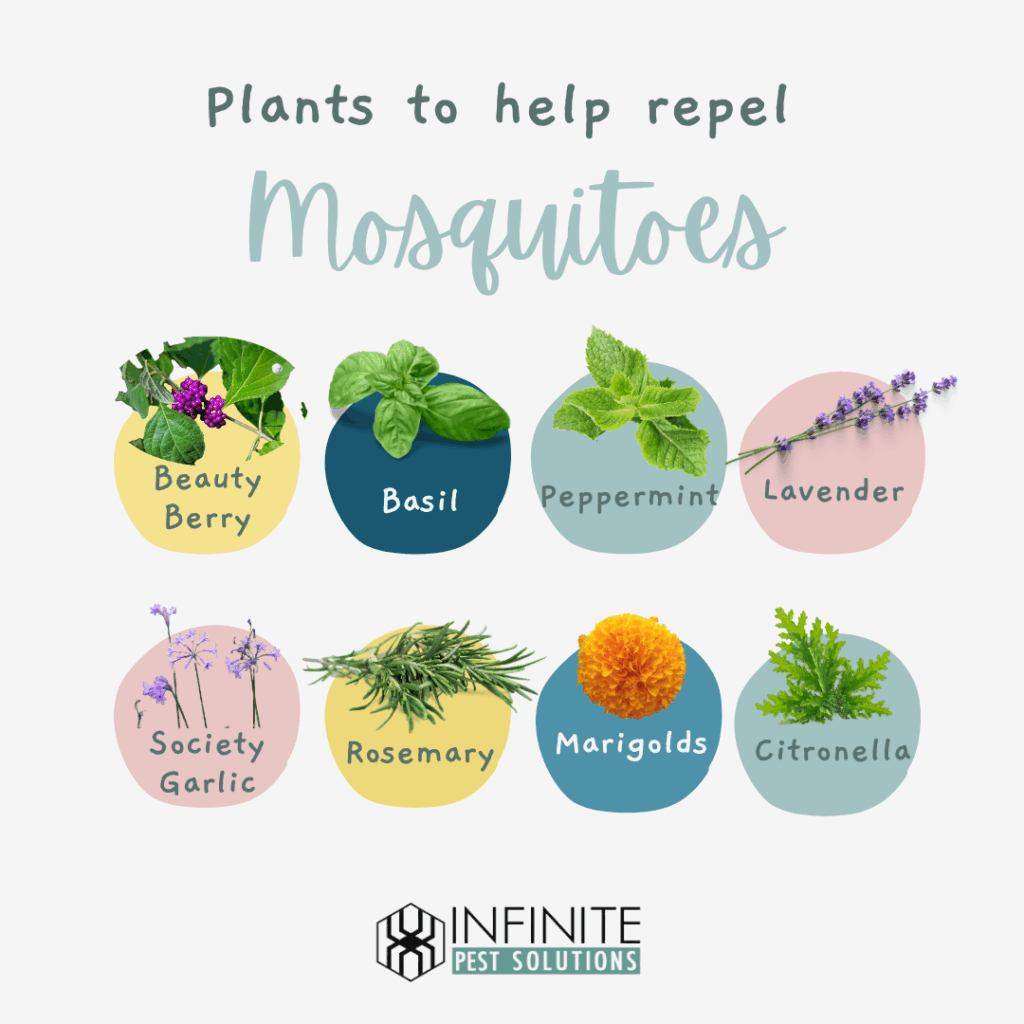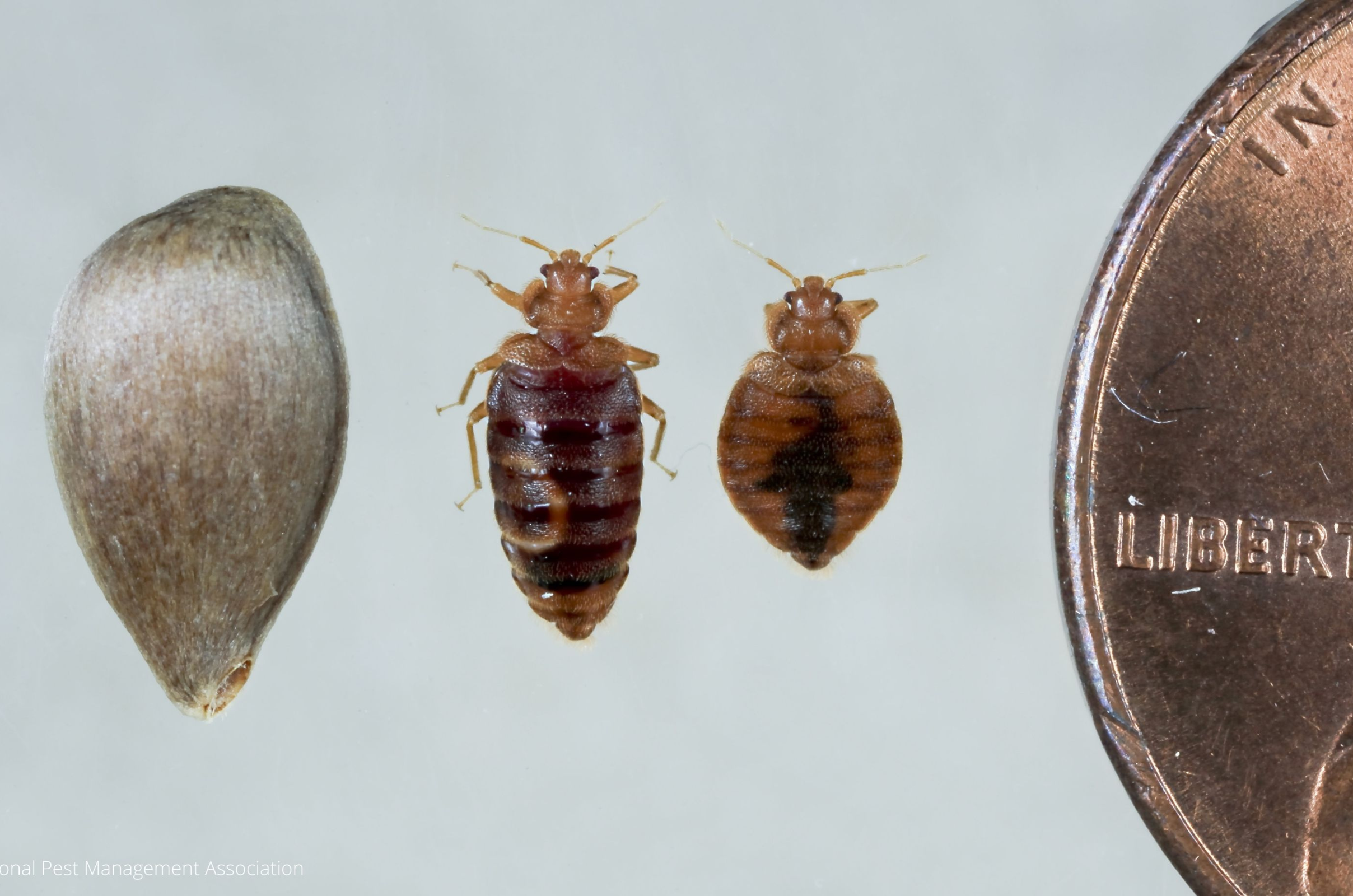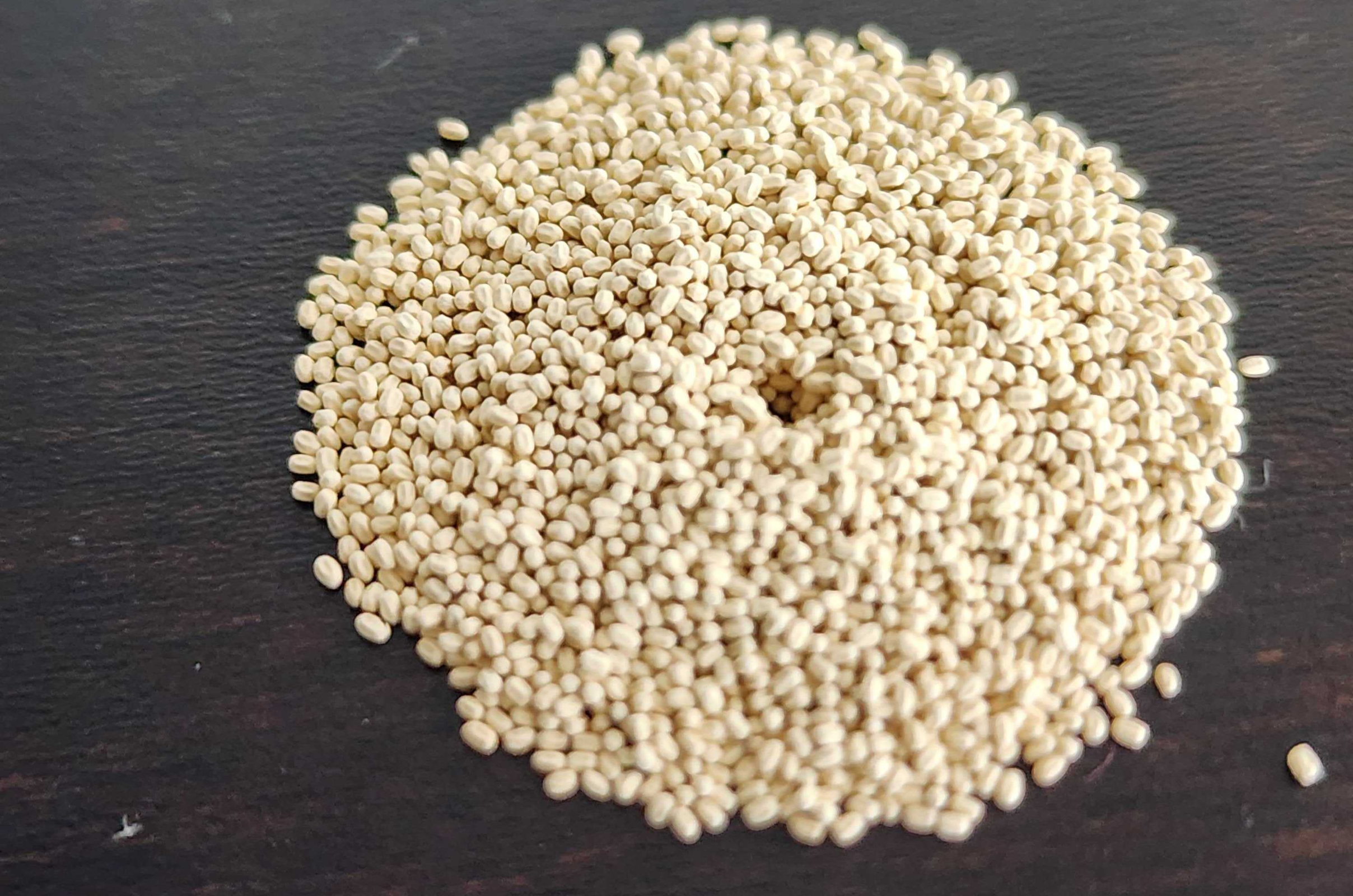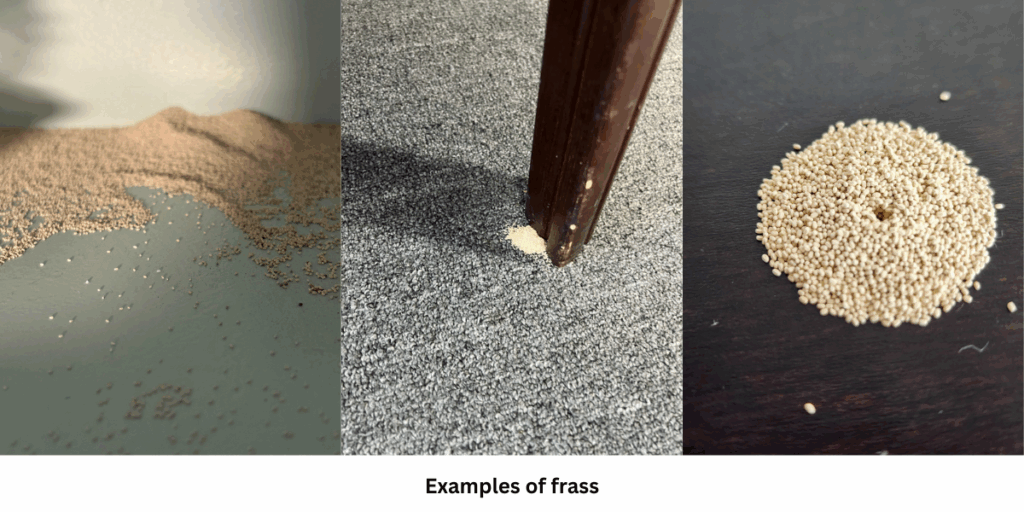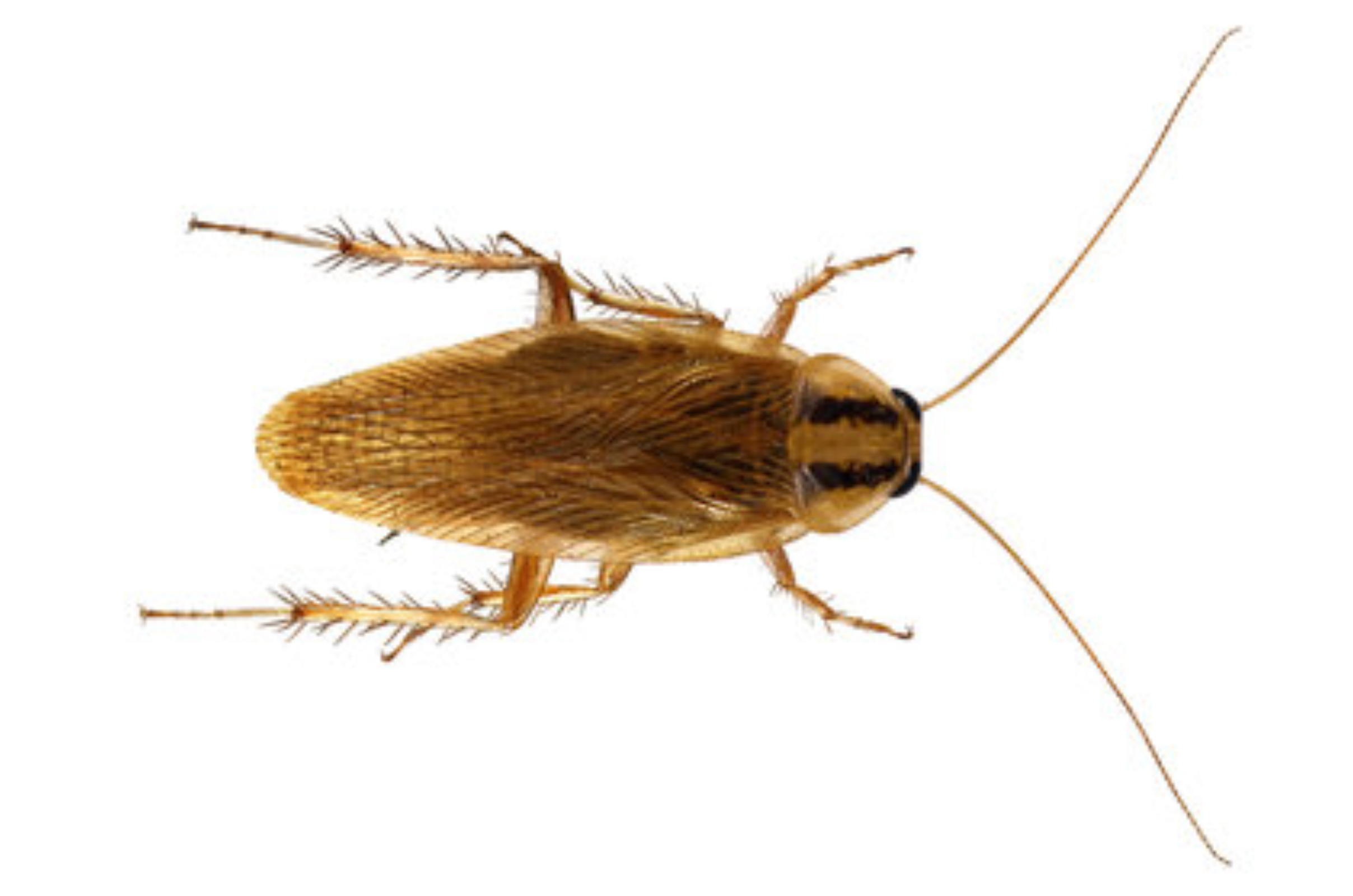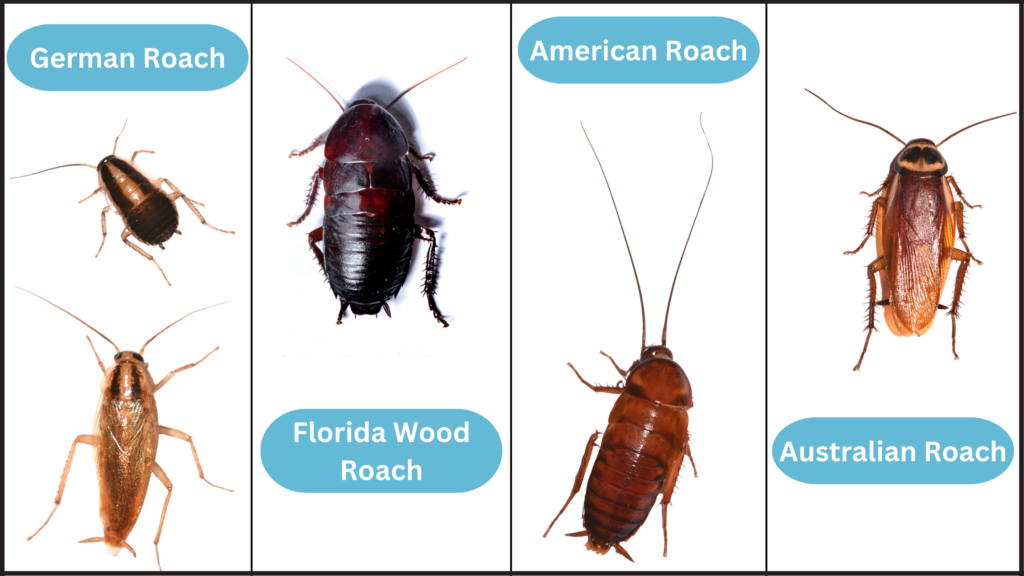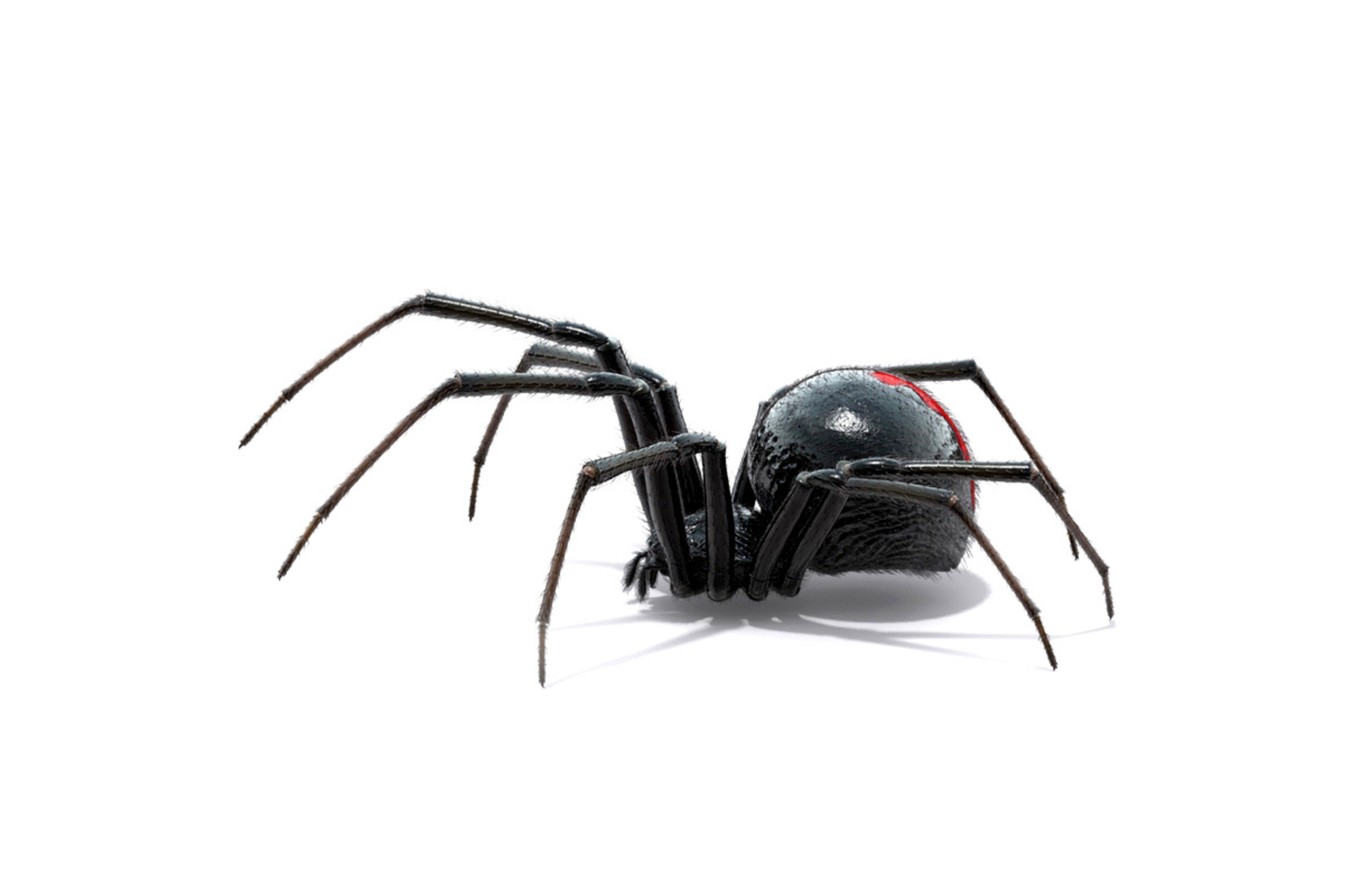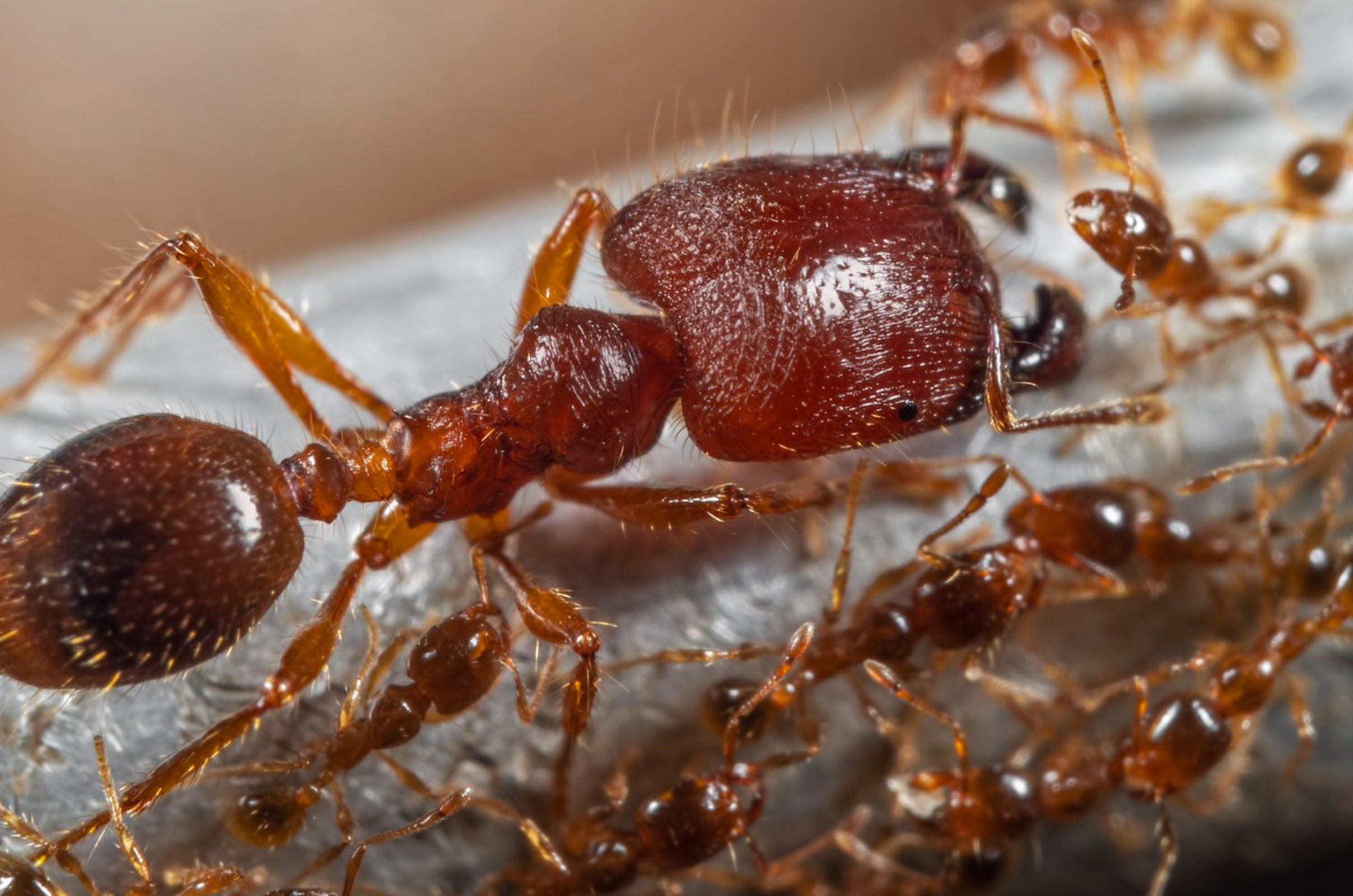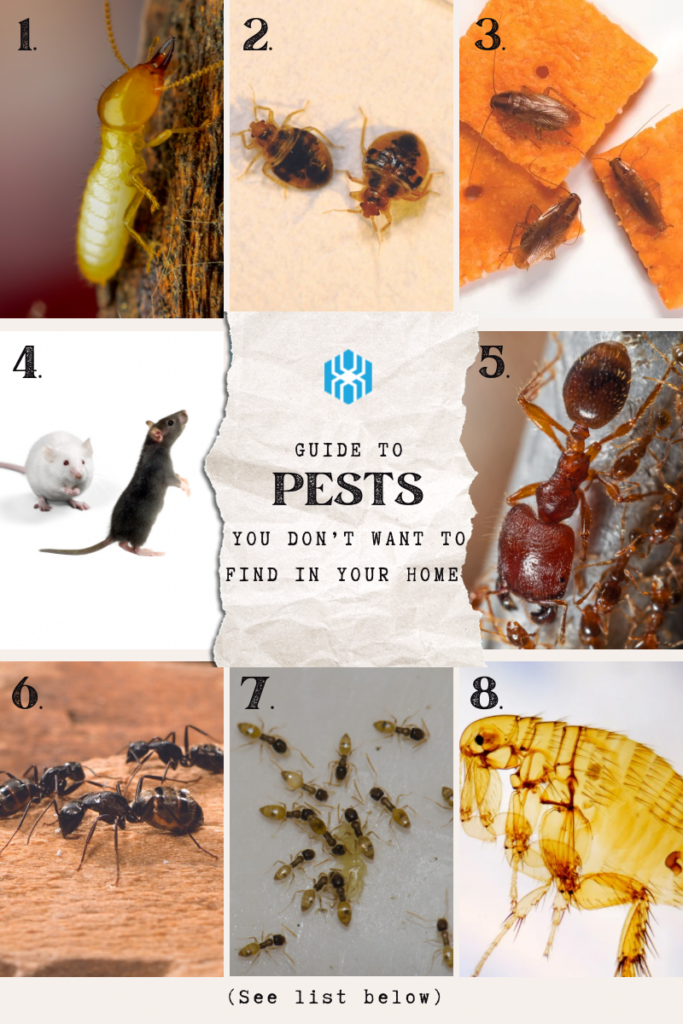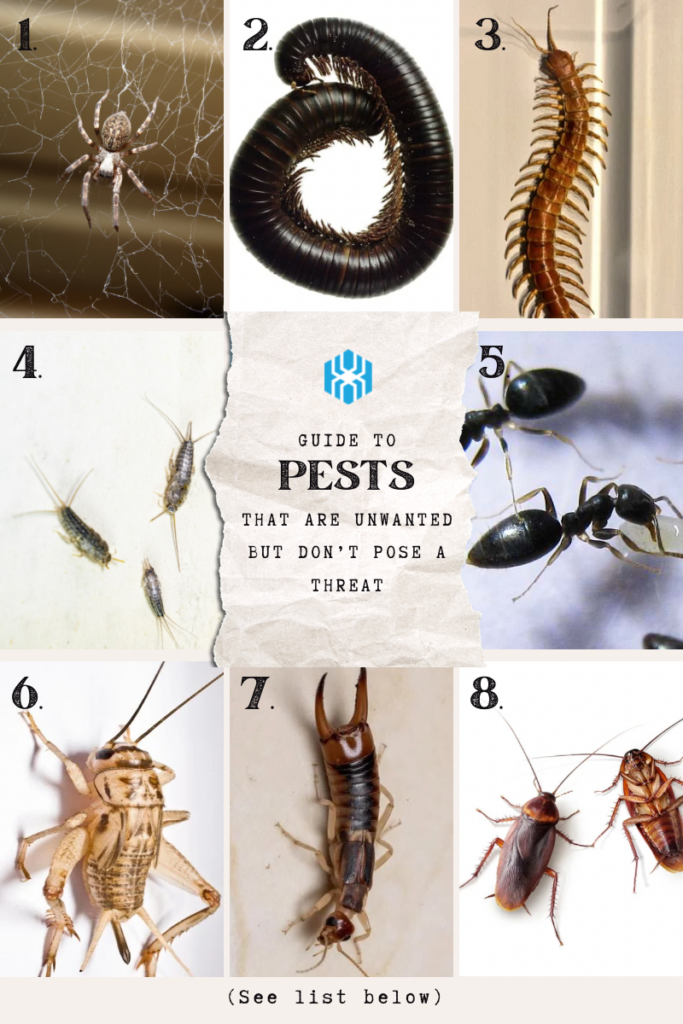Best way to get rid of spiders outside? Professional Spider Control — also known as our Advanced Spider Service.
Why does my pool area have so many spiders? Because spiders follow the food such as mosquitoes, gnats, and no-see-ums. These sources of food swarm water areas.
At Infinite Pest Solutions, we don’t just remove spiders — we make sure they stay gone for good. Our specialty treatment goes beyond brushing webs and spraying corners. It’s a science-backed approach that targets all spider species, including Florida’s venomous spiders, keeping your lanai, pool cage, and home safe year-round.
Florida’s Most Venomous Spiders (and How to Identify Them)
Not all spiders in Florida are dangerous — but the venomous ones deserve your attention. Here are the top offenders and where you might find them:
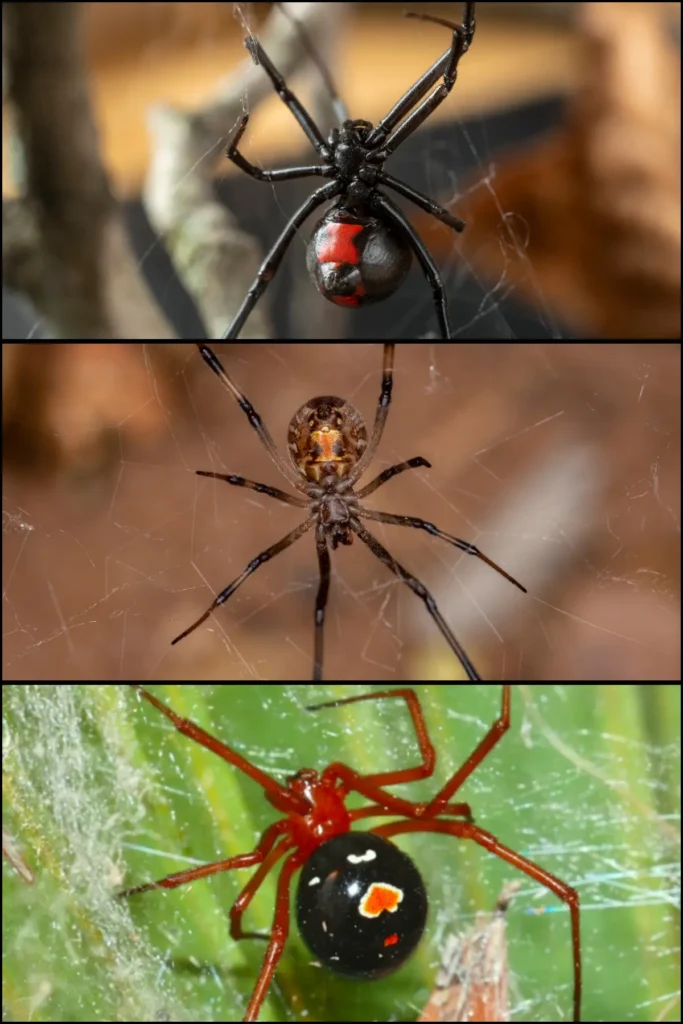
Black Widow Spider
- Appearance: Glossy black body with a distinct red hourglass marking on the abdomen.
- Behavior: Prefers dark, undisturbed spaces like patio furniture, pool pumps, and garage corners.
- Bite: Painful and venomous — causes muscle cramps and nausea but rarely fatal.
Brown Widow Spider
- Appearance: Tan to gray with orange or yellow hourglass marking.
- Behavior: Common in outdoor furniture, eaves, entry ways, and fence posts.
- Bite: Less potent than a black widow but still venomous.
- Appearance: Bright red cephalothorax with orange legs and a black abdomen marked with red spots.
- Habitat: Native to Florida scrublands, sometimes spotted in residential landscapes near dunes and palm trees.
Are Brown Recluse Spiders in Florida?
The Brown Recluse is often mistaken as a Florida resident. Recluse sightings here are rare and their bites are often misidentified. it is said by Florida Department of Agriculture and Consumer Services that the Mediterranean recluse has been spotted in Orange county. According to the University of Florida, “No breeding populations of any species of recluse spiders…has been found in any Florida county in a native habitat.” So Floridians and visitors can be rest assured, it is unlikely you will encounter a brown recluse. If you do, be on the lookout for a dark brown violin-shaped mark.
What To Do If You See a Venomous Spider
If you suspect a black widow, brown widow, or red widow near your home:
- Do not handle it.
- Take a photo from a safe distance and text us directly so we can identify for you.
- Call/text us immediately for removal.
If bitten, clean the area, apply ice, and seek medical attention — especially if you experience severe pain, muscle cramps, or dizziness.
Why Basic Spider Control Isn’t Enough?
Most people think a broom and over the counter spray are enough — but spider infestations go deeper.
- Web removal alone do not stop eggs from hatching.
- DIY sprays rarely penetrate nesting zones under soffits or screens.
- Unaddressed prey insects (like mosquitoes and gnats) attract new spiders.
- Outdoor lights lure bugs — which lure spiders.
Without a professional treatment plan, spiders rebuild webs within days, creating a never-ending cycle around your pool cage and/or home.
How Do I Keep Spiders Out of My Pool Cage?
Our Advanced Spider Service was built specifically for Florida’s environment — high humidity, screened enclosures, and year-round pest activity. Here’s how we go beyond the basics:
1. Full Perimeter & Lanai Inspection
We identify high-risk spider zones: eaves, soffits, screened pool cages, and more.
2. Egg Sac and Web Elimination
Our technicians not only remove webs and destroy egg sacs after treatment but we ensure to cover the screens, beams, and eaves with eco-friendly products to eliminate further activity.
3. Targeted Precision Treatments
We apply specialized, long-lasting eco and pet friendly solutions – top to bottom – to your screened in pool enclosure that keep you spider free by the second visit.
4. Routine Monitoring and Maintenance
Regular treatments maintain a spider-free lanai. Our recurring service plans ensure consistent protection through every season and prevent infestations during the hottest months.
Year-Round Spider Pressure in Florida
Florida’s climate keeps spiders active nearly all year. Peak “spider season” hits late summer through fall, when humidity and insect populations are high. Preventive spider control before this season helps maintain a spider-free screened in lanai — no more unwanted webs over your lanai or patio lights.
Why Choose Infinite Pest Solutions
- Over 1,000 five-star reviews from Florida homeowners
- Pet-friendly, people-safe treatments
- Certified Licensed Experts
- Locally owned and operated in Fort Myers, Naples, and Orlando
Our mission: What bugs you, bugs us!
We specialize in Spider-Free Lanai Services that others find to be too tedious and time consuming. We ensure your outdoor space stays beautiful, safe, spider and web-free.
Get Professional Spider Removal in Florida
Don’t wait for venomous spiders to take over your lanai or pool cage. Let Infinite Pest Solutions handle the problem before it grows.
📞 Call (239) 208-9918 or 407-537-9357 or get an online quote right now.
Schedule your Advanced Spider Service today — and enjoy your outdoor space without webs, worries, or venom.


